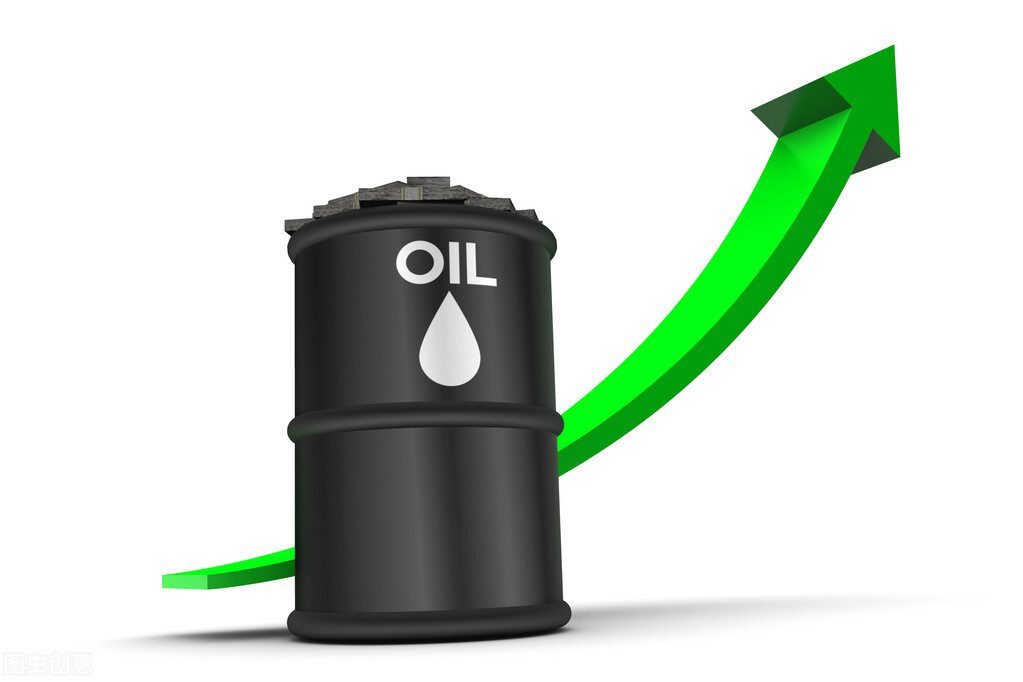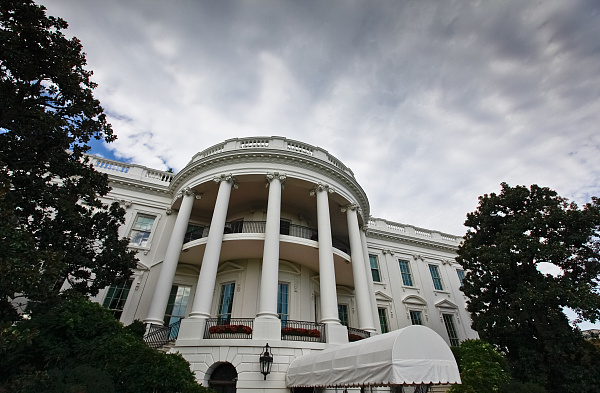After a strong rise in international oil prices in January, there was a correction in early February, especially after the Federal Reserve meeting reflected the hawkish trend, the dollar strengthened, and oil prices were under certain pressure. Unexpectedly, by the middle of February, international oil prices resumed their rise, and Brent crude oil futures and WTI crude oil futures rose by more than 5%. Last week, U.S. oil futures rose 3.06 percent, while crude oil rose 1.56 percent.
The reason why the international oil price has reached a new high is caused by a number of reasons, the first is the negative signal on the demand side. In its February monthly report, the International Energy Agency (IEA) forecast that global oil demand would grow by 1.22 million barrels per day this year, slightly lower than the 1.24 million barrels per day forecast last month, while Opec maintained its demand growth forecast of 2.25 million barrels per day. From the forecast data, the momentum of this round of oil prices is not as "strong" as in January. To be sure, the International Energy Agency has extended its pessimistic outlook on oil demand. In addition, the recent signs of weakness in U.S. crude oil consumption are also an important factor.
The second reason is that the Fed's interest rate cut expectations are cooling, and the dollar is rising, which has also become an important factor interfering with the oil market. As the US PPI and CPI data are higher than expected, the market expects that the Federal Reserve is less likely to cut interest rates quickly, for the crude oil market, the dollar remains high will put pressure on the international crude oil prices denominated in dollars. In addition, the US interest rate remains high will also affect the economic and energy demand outlook to some extent, which will be negative for oil prices.
The third reason is the ups and downs of geopolitical conflicts, which have formed a certain degree of restraint on the rise of oil prices. On February 17, a spokesman for the Houthi armed forces in Yemen issued a statement saying that the Houthi armed forces fired multiple missiles at the oil tanker "North River Samsung" traveling in the Red Sea, and hit the target. Tensions continued to rise in the Middle East, with an Israeli strike paralyzing the second largest hospital in the Gaza Strip and Houthi rebels in Yemen claiming responsibility for an attack on an oil tanker bound for India. Rising geopolitical risks in the Middle East, the source of about a third of the world's crude, are supporting oil prices, with bullish bets on global benchmark Brent now at their highest level since 2021. At the same time, it is unclear whether the death of Russian opposition leader Navalny in prison will trigger new sanctions against Russia, if there are new sanctions, as the world's second largest oil exporter, Russia's impact on oil prices should not be underestimated.
Looking at all the reasons affecting international oil prices, geopolitical instability has become the main factor in this round of international oil prices, although the IEA recently lowered the market demand forecast, but in the geopolitical conflict boosted the past week international oil prices are still higher, Brent crude oil rose more than 1% weekly, US crude oil rose about 3%, the highest level since this year. Although on February 19, international oil prices fell slightly, Brent crude oil futures were near $83 / barrel, and WTI crude oil futures were near $78 / barrel.
Although there are still many variables in the rise of international oil prices, the industry predicts that international oil prices will not rise significantly. The most important of these was Saudi Arabia's surprise announcement this year that state-owned oil company Saudi Aramco was halting its oil capacity expansion plans, setting a maximum sustained capacity target of 12 million barrels per day, 1 million barrels per day lower than the announced target for 2020. While Saudi Arabia's current production capacity is capped at 12 million barrels per day, actual production is about 9 million barrels per day. Earlier, Saudi Arabia also announced several rounds of production cuts to support international oil prices. The recent Saudi production capacity decision suggests that Opec + has little room to raise production in the future, and oil market fundamentals are expected to loosen in the medium term, putting downward pressure on prices.
For the future trend of international oil prices, the possibility of maintaining high volatility is greater, and it is necessary to continue to pay attention to geopolitical conflicts and supply and demand. In addition, OPEC+ has previously revealed to the media that member states plan to decide whether to extend the existing oil production reduction plan to the second quarter at the beginning of March this year, and the European Union also plans to launch a one-year Red Sea escort action, relevant decisions and dynamics will also have a greater impact on the global oil market.




























